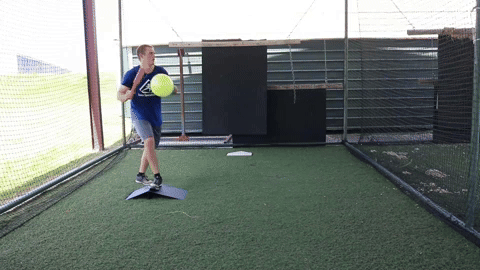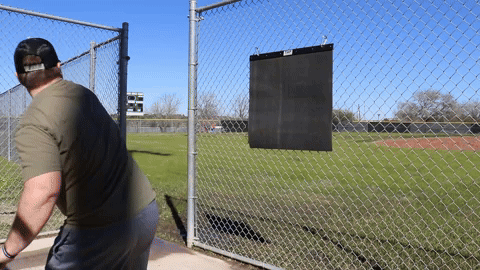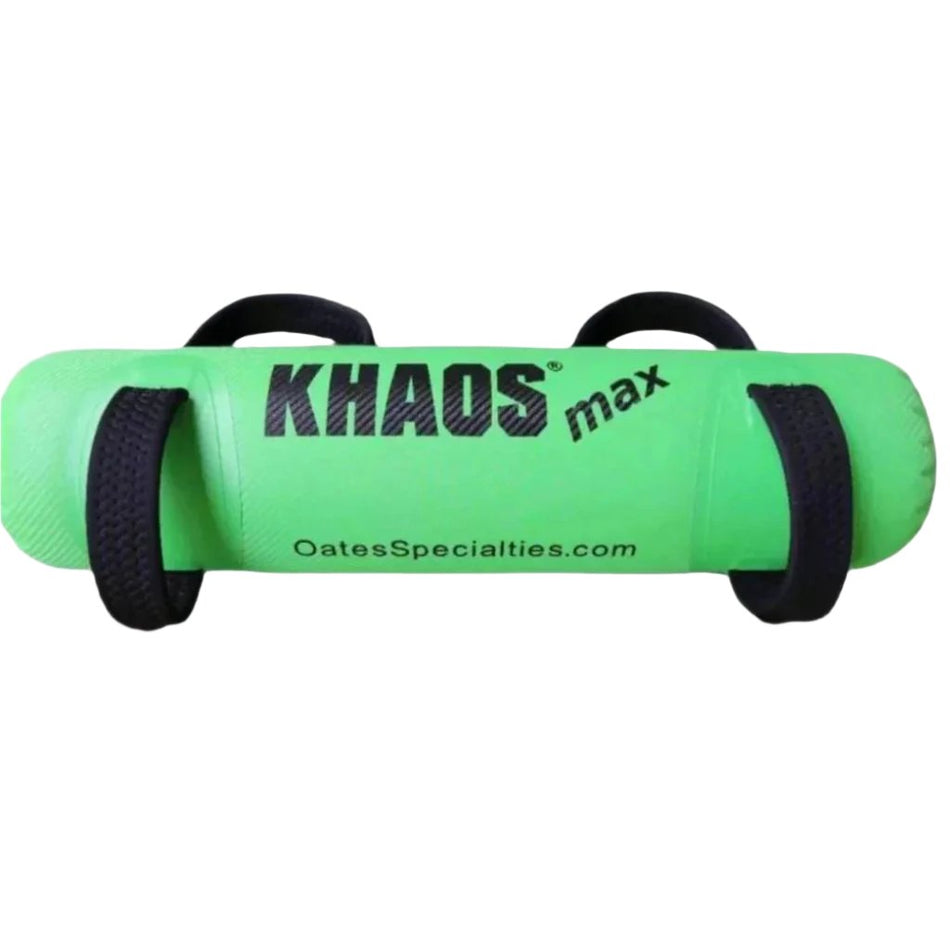Introduction
In the realm of athletic training, we frequently encounter inquiries about the optimal application of product "XYZ" within a training program. More often than not, the answer to this question is nuanced; it varies based on several critical factors. These include the stage of development of the individual athlete, specific performance goals, nutritional considerations, psychological inhibitors, and the broader context of their personal lives.
It is essential to emphasize that while the response "it depends" can be frustrating, it is also indicative of a thoughtful and individualized approach. Whether you are a physical therapist, a strength coach, a skills coach, an athlete, or a concerned parent, understanding the comprehensive picture of the individual you are supporting is paramount. This discussion aims to outline some overarching philosophies regarding program development, drawing from respected coaches and experts in the field. Our intention is to empower coaches, athletes, and parents to create tailored training frameworks, while also highlighting the importance of professional guidance.
The Importance of Context in Training
Understanding the Individual Athlete
To construct an effective training program, one must first assess the starting point of the athlete. This involves a thorough evaluation of various performance metrics compared to their peers, including size, speed, strength, mobility, flexibility, and baseball IQ. For example, an athlete weighing 135 pounds may face challenges related to size, but it is crucial to recognize that this factor is not insurmountable. Randy Sullivan from the Florida Baseball ARMory provides valuable insights regarding size correlations in this video.
Similarly, evaluating strength is critical. An athlete must discern whether they possess adequate strength or if they are not effectively utilizing their existing strength. Ron Wolforth of the Texas Baseball Ranch articulates the contextual nature of strength in this clip. Each of these performance metrics serves as a potential barrier to optimal performance and must be addressed in the design of the training program.
Addressing Injury History
Injury history is another vital component of program design. Persistent injuries may necessitate consulting a physical therapist or instructor to uncover the underlying issues causing these injuries. Understanding an athlete's injury profile allows for the integration of corrective measures within the training regimen, ultimately promoting better outcomes.
Evaluating Current Training Practices
Assessing Recent Activity Levels
Once weaknesses and constraints have been identified, it is essential to examine the athlete's recent training activities. Have they been consistently throwing, hitting, lifting, or engaging in plyometrics? If an athlete is returning from a significant break (e.g., more than four weeks), the training program must include a gradual ramp-up phase. Many coaches advocate for a systematic approach to reintroducing training stimuli, as abrupt changes can increase the risk of injury, particularly in soft tissue.
Ron Wolforth reiterates this principle in another impactful video. Research suggests that soft tissues typically require 8-12 weeks to adapt to new training loads. A systematic review by Bohm, Mersmann, and Arampatzis (2015) titled "Human tendon adaptation in response to mechanical loading" reinforces the idea that prolonged exposure to training stimuli yields more significant adaptations (Sports Medicine - Open, 1(1), 7).
Tailoring the Ramp-Up Process
The ramp-up process should be customized to meet the individual needs of the athlete, ensuring that increases in intensity and volume are gradual. Some athletes may benefit from initially focusing on increasing volume during the first half of the ramp-up, followed by alternating volume and intensity as they progress. This method often includes scheduled lighter days after higher-intensity or volume days to facilitate recovery.
In reference to the weight room. In my experience, I prefer avoiding maximum lifts during the initial phase, as the soft tissue may not yet be adequately prepared. Instead, I advocate for a full-body strength and conditioning program that begins with three sessions per week, ensuring that the time, weight, and volume allocated to each session help to manage intensity effectively.
Incorporating daily mini mobility and flexibility sessions can significantly improve limitations and also create the discipline to keep performing the sessions throughout the program. Jonathon Massey from the Texas Baseball Ranch articulates the benefits of daily flexibility/Mobility work in this insightful clip.
Utilizing Training Tools Effectively
Enhancing Performance with Specialized Equipment
A variety of tools can enhance the training process, particularly during the initial ramp-up stage. Equipment such as the connection ball, connector throwing club, baseball training sock, and weighted forearm sleeve can help mitigate stress on the body while promoting the development of efficient movement patterns.
In the context of strength and conditioning, tools like bands, water bags, water balls, and medicine balls can facilitate strength development across a full range of motion while minimizing undue stress on ligaments and tendons. This approach allows athletes to build strength without greatly increasing injury risk.
The Need for Proper Nutrition
As athletes engage in increased workloads, volume, and movement, their physiological demands escalate, necessitating a corresponding rise in nutrient intake to effectively fuel performance and facilitate recovery. Protein plays a critical role in this context; I typically aim for approximately 1 gram of protein per pound of body weight, or per pound of lean mass if I am pursuing fat loss. Additionally, I maintain a dietary fat intake of between 60 and 100 grams to support hormonal balance and metabolic health.
In terms of carbohydrates, I prioritize a higher intake, particularly surrounding training sessions. I often consume carbohydrates before, during, and after exercise, utilizing options such as Gatorade or carbohydrate powders. Throughout the day, I strive to maintain a consistent supply of carbohydrates to ensure adequate energy availability for subsequent workouts. This nutritional strategy is inherently individualized; some athletes may need to decrease body weight to enhance explosiveness, while others might require muscle gain to optimize force production. Consequently, carbohydrate intake can be strategically modified to meet these specific goals.
A crucial consideration is that if an athlete does not feel adequately recovered by the time their next workout arrives, it is likely indicative of insufficient caloric intake or inadequate hydration. Proper hydration is vital for peak performance, and I aim to consume between 80 and 120 ounces of water daily, with adjustments based on individual sweat rates. Moreover, hydration extends beyond mere water consumption; it involves a balance of electrolytes such as sodium and potassium, as well as carbohydrates and other nutrients. Relying solely on water may not provide sufficient hydration to meet the needs of an athlete.
NEXT: Part 2
In Part 2 of this series, I will delve into theories from various experts regarding the development of throwing routines, strength and conditioning blocks, and the cultivation of an all-around robust athlete. These theories serve as foundational considerations when determining a particular program style. Importantly, no single program style is suitable for everyone. Factors such as lifestyle choices, availability of free time, engagement in other sports, work commitments, and family obligations can all influence how individuals tailor their training to align with their unique circumstances. Stay tuned for Part 2, where we will explore these concepts in greater detail.














































